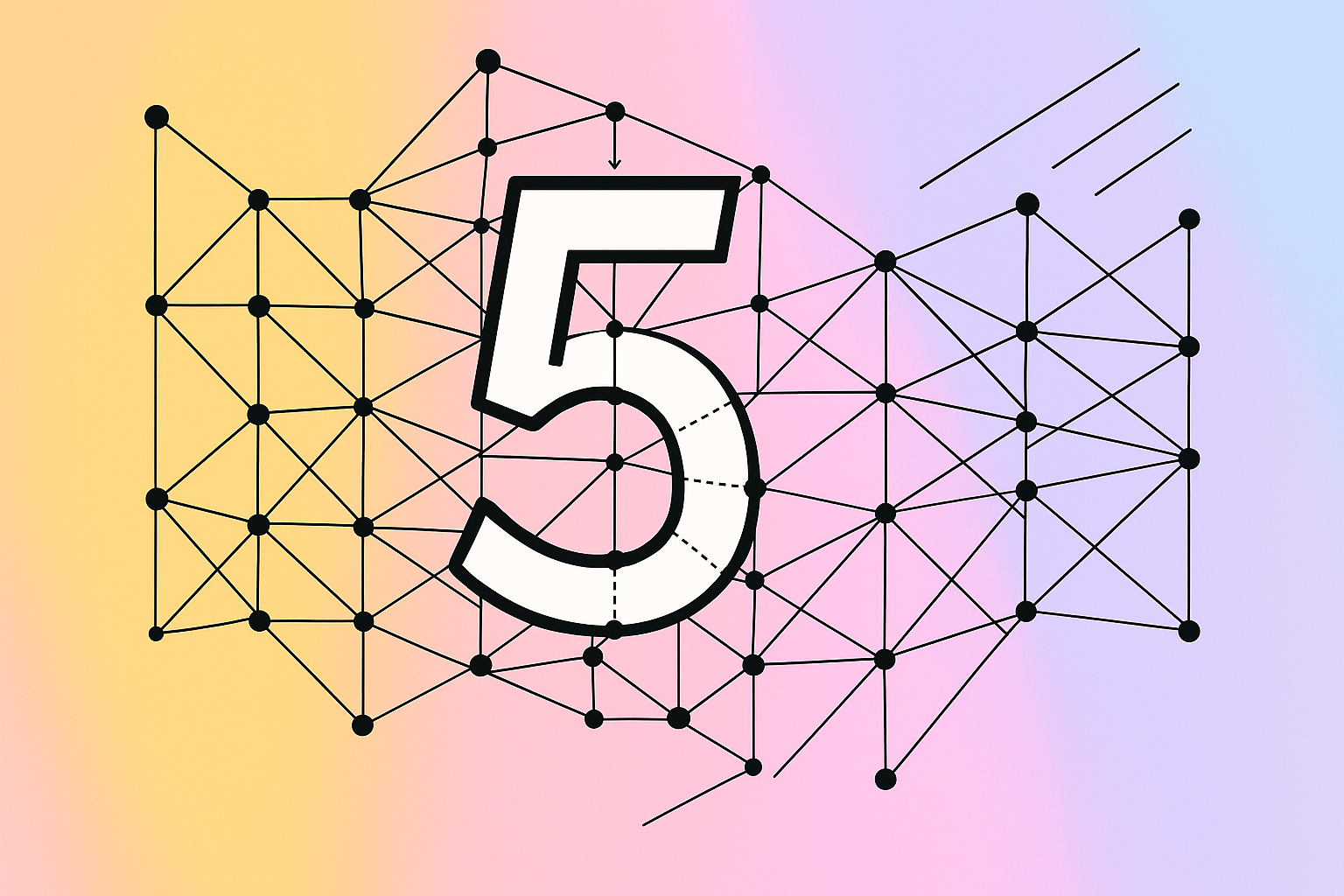OpenAI CEO Sam Altman responds to GPT-5 backlash, outlines next steps

Key Points
- OpenAI is responding to problems with the GPT-5 rollout by making short-term improvements to capacity, quality, and the user interface, and will increase usage limits for Plus users while allowing continued access to older models like 4o.
- CEO Sam Altman stated that the automatic model switcher caused GPT-5 to perform significantly worse at times, and OpenAI is working to improve the decision logic so that it responds more accurately to user requests and clarifies which model is active.
- Users can still activate and use previous models through the ChatGPT settings.
Update, August 9, 2025:
Sam Altman has responded again as pushback continues around GPT-5. Users are still split on whether the standard GPT-5 chat model actually outperforms GPT-4o. Despite Altman's claim that GPT-5 is "better in most ways," some users still prefer GPT-4o’s behavior. OpenAI now admits it misjudged demand and is making GPT-4o available again (see below).
Looking ahead, Altman says OpenAI plans to give users more control over how the models behave, acknowledging that no single model works well for everyone. In the short term, the focus is on finishing the rollout and improving stability. Subsequently, the goal is to make the model feel "warmer" and more engaging. Full personalization tools will take longer to arrive.
Altman also warned about a major capacity crunch coming next week. OpenAI is working to optimize infrastructure and says it will be transparent about any tradeoffs it makes.
OpenAI confirmed that GPT-5 is now fully rolled out to all Plus, Pro, Team, and Free users. Plus and Team subscribers now have access to doubled usage limits through the weekend.
Starting next week, mini versions of GPT-5 and GPT-5 Thinking will automatically activate when users hit their message caps, staying in place until limits reset. GPT-5 Thinking and GPT-5 Pro are now directly available in the main model selector.
Original article from August 8, 2025:
GPT-5 should "seem smarter from today" after OpenAI fixed early issues with its model switcher
OpenAI is rolling out fixes for early problems with GPT-5, promising short-term upgrades to capacity, quality, and the user interface.
According to CEO Sam Altman on X, ChatGPT Plus users will see their GPT-5 rate limits doubled once the rollout finishes. Plus subscribers can also keep using the previous 4o model for now. OpenAI will track how much these "legacy" models are used to decide how long they stay available.
Currently, ChatGPT Plus users can send up to 100 messages every three hours. If you hit that cap, the system automatically switches you to a smaller model until the limit resets. GPT-5-Thinking is capped at 200 messages per week, but switching from GPT-5 to GPT-5-Thinking doesn’t count toward that weekly total.
Altman says users should notice an immediate boost in performance, with GPT-5 set to "seem smarter from today." The core of the system is an automatic model switcher that decides which GPT-5 variant handles each prompt. When GPT-5 first launched, problems with this switcher made the model appear "way dumber" for part of the day, Altman claims.
The rollout for all users is taking OpenAI longer than planned. Altman calls it a "massive change at big scale," noting that API traffic has roughly doubled in the past 24 hours. Some bumps were expected with so many changes going live at once, but Altman admits the start was "a little more bumpy" than hoped.
OpenAI adjusts its model routing strategy
The company is also tweaking how it decides which model runs a given prompt, aiming for more reliable matches between task and model. Altman says OpenAI plans to make it clearer which model is in use and to let users manually trigger "Thinking" mode through the interface. He didn’t say when those features will be available.
These updates suggest OpenAI is backing off from its earlier push for full automatic routing. While routing makes things easier for newcomers who don’t want to select models themselves, it can mean less reliable answers or the wrong model for the job—adding extra uncertainty to already unpredictable LLM outputs.
If you want to keep using older ChatGPT models, you can turn on access to "legacy" models in the settings. Once enabled, they'll appear under "Other models." The GPT-5 "Thinking" and "Pro" variants, however, can only be picked directly from a Pro account.
AI News Without the Hype – Curated by Humans
As a THE DECODER subscriber, you get ad-free reading, our weekly AI newsletter, the exclusive "AI Radar" Frontier Report 6× per year, access to comments, and our complete archive.
Subscribe now